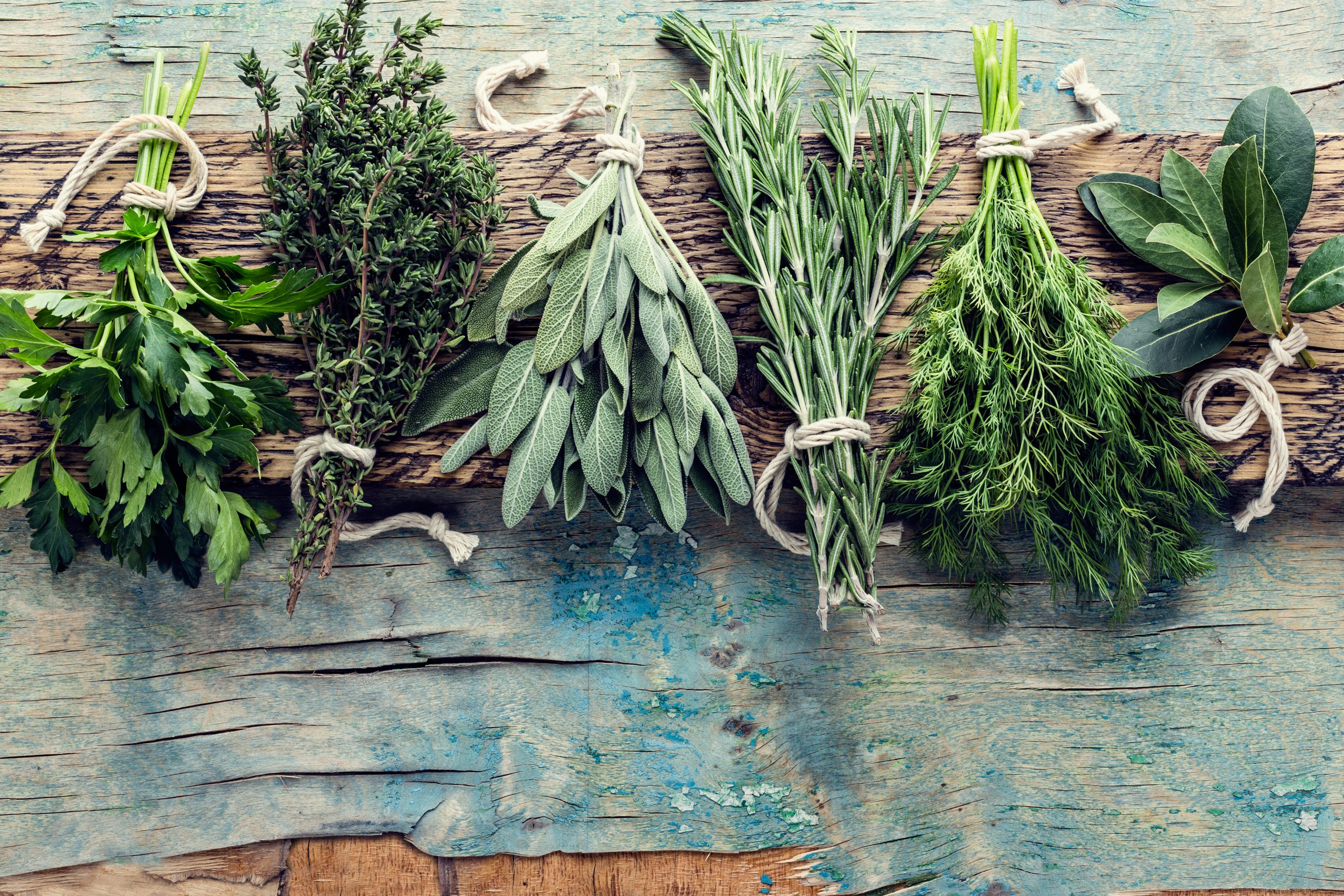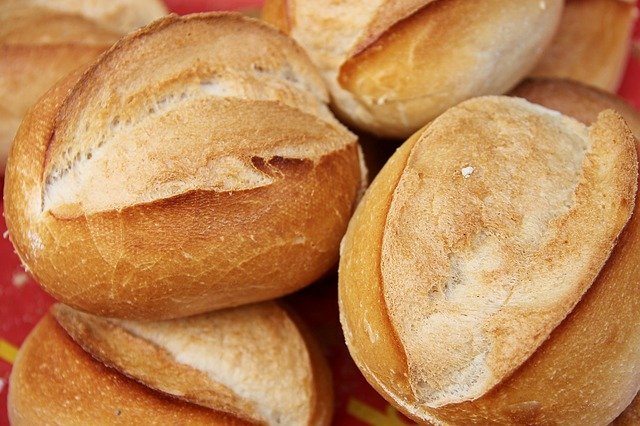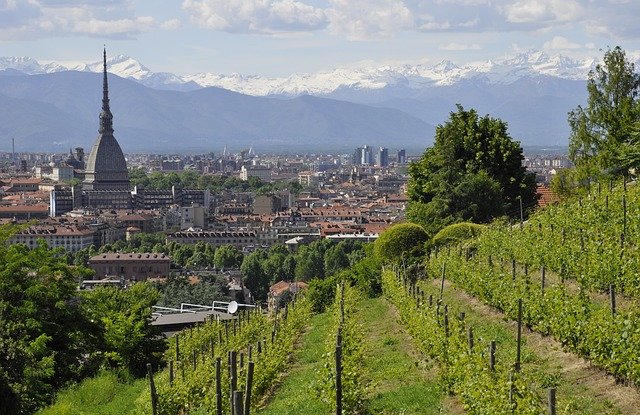Medicinal plants have been, especially in ancient times, avery important resource for the treatment of diseases and more.
In prehistoric times these plants were used,without however having the knowledge of their curative or harmful effects. The effects of the plants were in fact attributed to the work of the divinity: religiosity already existed in the Paleolithic, evidenced by the rituals carried out with the aim of receiving abundant food. la religiosità esisteva già nel Paleolitico, testimoniata dai rituali effettuati col fine di ricevere cibo in abbondanza.
Below we will have a look at the history of medicinal herbs and then we will talk specifically about the 11 medicinal plants to grow at home based also on the uses that can be made of them.
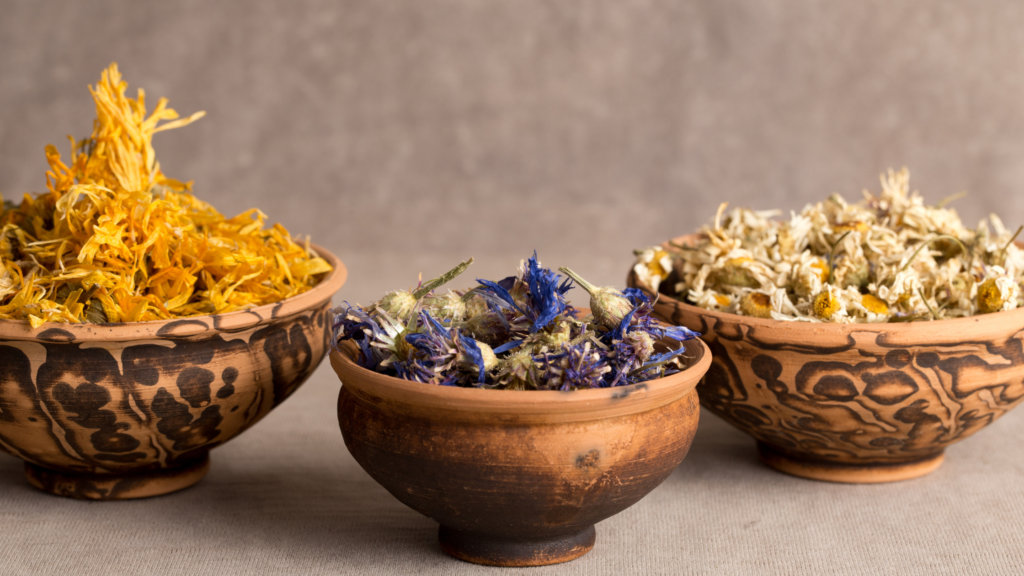
Table of Contents
A BIT OF HISTORY ABOUT OFFICINAL PLANTS
egypt
Although medicinal plants already used them in prehistoric times, the first to mention the effects and to research them were the Egyptians.An important source, to define the Egyptian contribution to herbal studies, is the Ebers papyrus. papiro di Ebers.
This 20 meter long writing dates back to the reign of Amenhotep I in 1550 BC. about. An example of a medical remedy contained in this treatise is written the "remedy for the bowels": sweet clover (called yellow cabbage grass), dates, cooked in oil and greased the diseased part.
Obviously, linen was also widely cultivated, not only for the production of fabrics and paper, but also for medical uses.
ancient greece
Around 500 BC Hippocrates, who is not by chance considered the father of medicine, in the Corpus Hippocraticum, a collection of 70 works in ancient Greek, carried out in-depth studies on herbs and began to attribute diseases to natural causes and no longer divine or magical.
For each disease, Hippocrates prescribed natural remedies from plants. He also believed that the benefits of plants were related to their different colors: red for circulatory disorders, yellow for kidneys and liver and so on.
ancient rome
In the Ancient Rome, Dioscorides Pedanius wrote De materia medica in which 400 miniatures are kept and the benefits of over 600 healing plants explained.
Galen, from the 2nd century AD, took up the theory of the 4 humors of Hippocrates:black bile, yellow bile, phlegm, blood. These equate to 4 qualities which are wet, dry, cold, hot.
The correct functioning of the organism would only occur thanks to eucrasia (a good mix of humors),obtained through the principle of contraria contrariis whereby humors cure their contrary humors. For example, refreshing plants are given to a fever patient. dei contraria contrariis per cui gli umori curano i loro umori contrari.
Ad esempio, ad un ammalato di febbre vengono somministrate piante rinfrescanti.
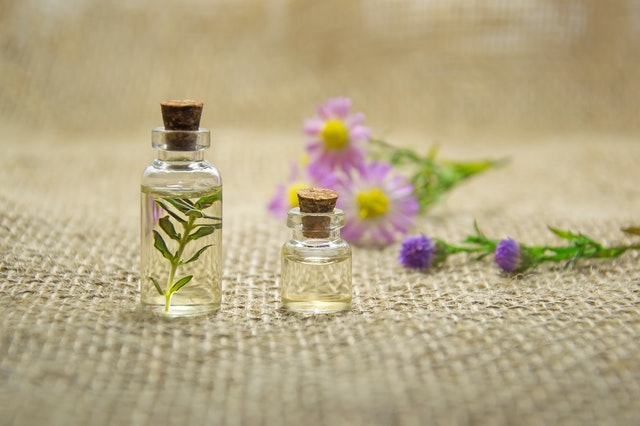
Middle ages
Si deve al persiano Avicenna (980 d.C.), autore de Il CanoneThe discovery of the distillation of volatile oil from flowers and herbs is due to the Persian avicenna (980 A.C.), who wrote "Il Canone".
Another discovery of the Arab world was certainly the soporific sponge: a sponge soaked in opium, hemlock and henbane that were inhaled by the patient through the nose.
Syrups, elixirs and juleps were also often prepared thanks to the vast availability of sugar cane and alcohol.
16th century
In the 16th century, the Swiss philosopher Paracelso he publicly burned the Arab works and those of Galen, because he contested their theories.
He was the first to theorize that diseases were reflections given by the imbalance of three chemicals: sulfur, salt and mercury.
To cure diseases, he took into account the correspondence of organs, stars, plants and minerals and then created the quintessences or arcana with secret formulas.
perennial officinal plants
Le officinal plants are a lot, but we will talk about only 11 species, the most common and available in our territories. le più comuni e reperibili nei nostri territori.
angelica sylvestris
The etymology of this plant goes back to the Greek ángelos (= angel, messenger) and to the Latin sylvestris (= of the woods). (=angelo, messaggero) e al latino sylvestris (=dei boschi)The name alludes to the plant's healing and medicinal qualities and also to its natural environment, namely the forest.
The stem of this herb can reach 150-200cm in height. Its leaves are large with sharp segments and the flowers are pinkish-white.
It looks like hemlock, so be careful before picking it..
It typically grows in humid woods and gorges up to 1600m. It grows abundantly in the Brescia area.
Its presence indicates the proximity of a source of water.
The Angelica has an aromatic scent and a slightly bitter taste
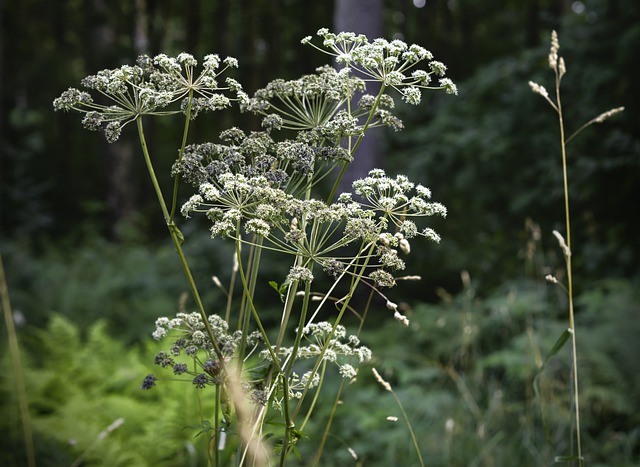
This plant has stimulating, digestive, carminative (helps to expel gases from the stomach and intestines) and expectorant qualities (helps to expel phlegm).
There are some remedies that are thought to have a healing function against psoriasis. This herb is certainly an ally of all those who suffer from aerophagia, meteorism, loss of appetite and dyspepsia.
Watch out for stomach and duodenal ulcer sufferers.
In order to grow the Angelica sylvestris, you need a cool and humid climate, a moist soil rich in organic substances.
Sarebbe utile preparare anticipatamente del compost da disporre nel vaso o mescolarlo insieme alla terra dell’orto.
I fusti si raccolgono solitamente tra aprile e maggio, i fiori tra agosto e settembre e le radici verso l’autunno.
burdock (arctium lappa)
The scientific name probably derives from the Greek árktos (= bear) which alludes to the bristly and hairy appearance of the flowers (=orso) che fa allusione all’aspetto ispido e villoso dei fiori.
Burdock is a biennial herbaceous plant. It reaches 3m in height. Its leaves are pubescent and cordiform..
It produces fuchsia colored flowers, grouped in small "clusters".
This plant grows throughout the Italian territory, from sea to mountainous areas up to 1700m. It can be found in the ruins, among the hedges and on the edges of wooded areas.
The burdock prefers well-drained soil rich in nutrients,bright environments and directly exposed to sunlight.
The collection of the leaves takes place in spring, before the flowering of the plant, while the collection of the roots takes place in autumn, when they are beautiful fleshy.
Burdock decoction is prepared for the treatment of skin diseases such as acne, eczema and even psoriasis. come acne, eczema e anche psoriasiIt therefore has skin anti-inflammatory, anti-seborrheic and anti-acne properties..
It is also useful for promoting diuresis and purification of the body.

chenopodium album
The name derives from the Greek chèn (= goose) and pòdion (from poùs, foot) because the leaves resemble the shape of the legs of a goose. (=oca) e pòdion (da poùs, piede) perché le foglie ricordano la forma delle zampe di un’oca.
The Chenopodium album is an annual plant that grows throughout the Italian peninsula. An “apetala” plant is classified, that is, without corolla or perianth. una pianta “apetala” ossia priva di corolla o perianzio.
They give off an unpleasant herbaceous odor and to the touch they are "floury". al tatto sono “farinose” (depositi farinosi su gambo e foglie) come suggerisce il nome volgare.
The leaves are small and glaucous green or blue green.
It can be easily found in uncultivated fields, in summer crops, in ruins, but also in vegetable gardens, on the banks of ditches from the plain to the mountainous area. dalla zona di pianura a quella montuosa.
The Chenopodium can be grown in the shady areas of vegetable gardens, close to walls or fences.
It does not need special attention, being a perennial herb and is satisfied with rainwater and the nutrients provided by the soil.
The harvesting period usually takes place between the spring and summer months of April, May and June.
This plant anti-anemic qualities, the "pesto" of fresh leaves has a curative action for boils and abscesses.It was already widely used in the Bronze Age to replace cereals such as amaranth.
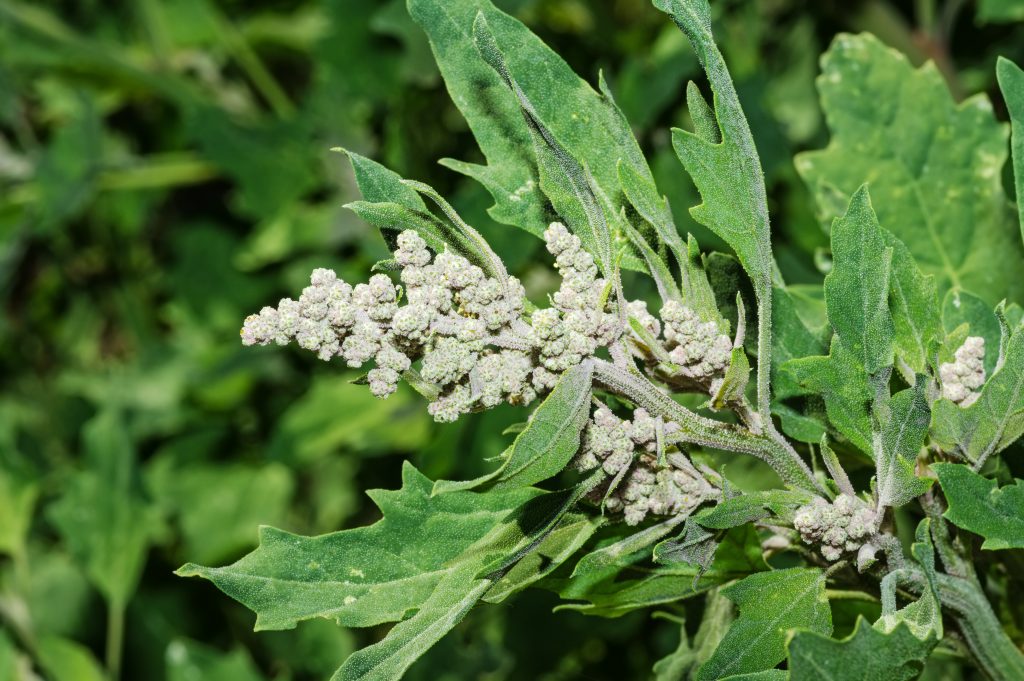
Watercrass (Nasturtium officinale)
The ethimology is very interesting, in fact it is thought that it refers to the Latin torquere (= to twist) and nasus (= nose), due to the aromatic and spicy smell of the plant if it is rubbed and smelled torquere (=torcere) e nasus (=naso), per l’odore aromatico e piccante della pianta se viene stropicciata e annusata.
Watercress is a perennial herb known in ancient times as "healing salad". It is characterized by a very rapid growth and an almost spicy flavor. “insalata che guarisce”. È caratterizzato da una crescita rapidissima e un sapore pressoché piccante.
This plant can reach 60cm in height, branches upwards, the leaves are a shimmering and bright green color that becomes whiter towards the stem.
The flowers are small and pinkish white in a short raceme (a sort of cluster).
It grows in the territories of all our regions, along ditches and streams and up to 1500m. Watercress can be safely grown on your own balcony in a pot.
It does not need particular attention as regards the soil, as long as it is rich in organic substances and water stagnation must be avoided.
It is rich in vitamin C and is therefore a valid antiscorbutic.It has diuretic, stimulating and expectorant properties.
A study has shown that by rubbing watercress juice together with an equal amount of alcohol at 90 ° on the scalp, it is possible to slow down or even stop hair loss.
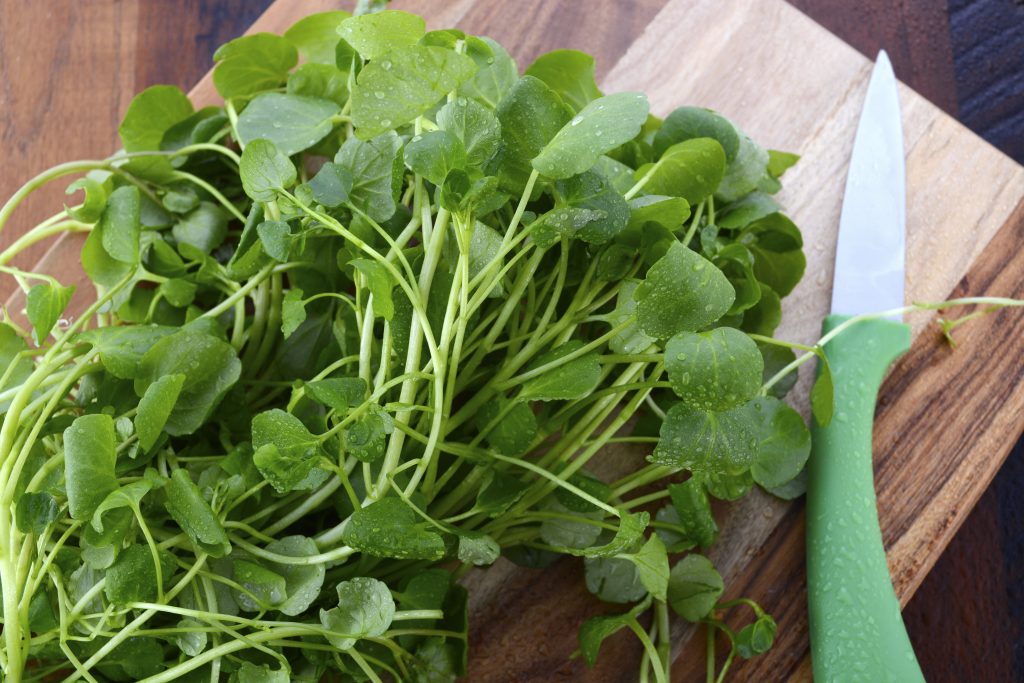
Lemon balm (melissa officinalis)
Lemon balm is a perennial herbaceous plant whose name is an abbreviation of the Latin del latino melissophyllum, in turn from the Greek mélissa (= bee) and fùllon (= leaf): this is because it is a plant much sought after by bees, a sua volta dal greco mélissa (=ape) e fùllon (=foglia): questo perché è una pianta molto ricercata dalle api.
It has slightly hairy ovate leaves and hermaphrodite white yellow or pinkish white flowers. The typical habitat of this medicinal plant are uncultivated, ruins and wild crops.
It prefers a calcareous substrate, and in any case soils tending to humid.
This plant is highly appreciated for its aromatic qualities and is often used to prepare refreshing infusions with a citrus flavor. il gusto di agrumi (da cui il nome volgare di cedronella).
It has been known since the Middle Ages for its sedative and anti-hysterical characteristics capable of treating female ailments also related to the menstrual cycle.
In phytotherapy the stems and leaves of the plant are used especially, but also the flowers.
Today it is used especially to appease states of anxiety, but also in dyspeptic pathologies as it is a valid spasmolytic.
It is also useful in the action against migraines.
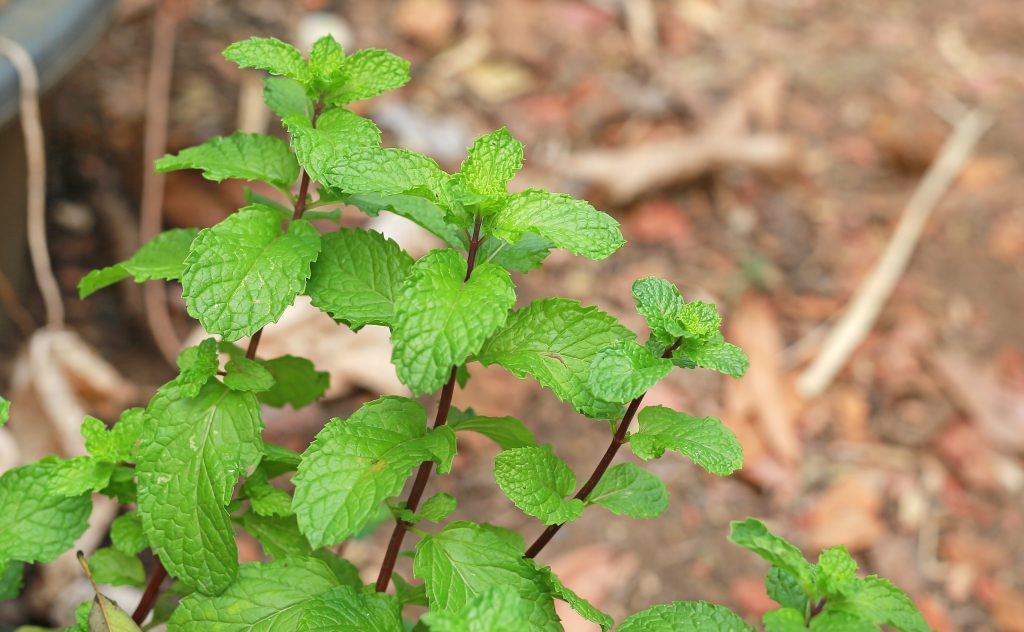
common mint (calamintha nèpeta)
The name derives from the Greek dal greco kalè (=beautiful) and mìnthe (= mint) due to the good smell it emanates and its graceful appearance. Nepeta probably derives from an ancient Tuscan city mentioned by Pliny.
The mint is a very aromatic herbaceous perennial plant with a stem up to 70cm long. The leaves have an oval shape, the flowers have a goitered and bristly calyx.
It grows in all regions of Italy and is common and gregarious in pastures, dry meadows, vineyards, orchards, uncultivated fields, cliffs and even in cracks in walls.
Growing mint is really simple, you just need to have a small space in your garden or in a pot and keep the plant in a sunny or bright place. The ideal soil is calcareous. un piccolo spazio nel proprio orto oppure in un vaso e mantenere la pianta in un luogo soleggiato o comunque luminoso. Il terreno ideale è quello calcareo.
Being a very "rustic" plant, it does not fear attacks from parasites and gets sick with difficulty..
Common mint has digestive properties, is rich in fiber and regulates intestinal activity.It has expectorant properties: in fact, it is used against fever, cold, congestion and diseases of the respiratory system.
Mint infusions are able to give benefit in case of flatulence and stomach and liver problems.
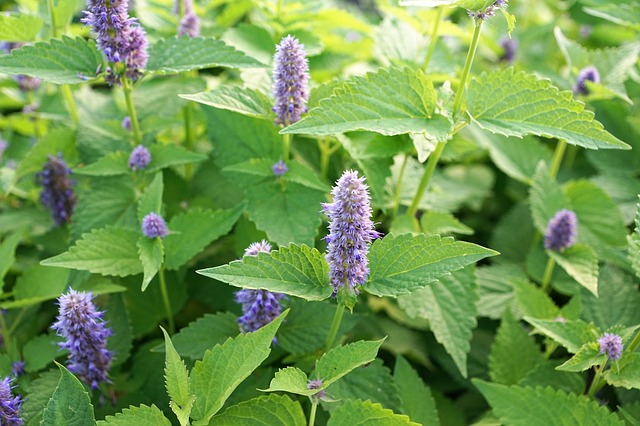
Sage (salvia)
It seems that the name of this plant derives from the Latin salvus (= safe, sound, safe) for its beneficial properties.
Sage can be grown in pots in your garden, balcony or terrace. It does not need special attention, since it is a perennial plant and is therefore resistant by nature.
Watering must only take place when the soil that houses the plant is totally dry:it must be taken into account, among other things, that sage fears stagnation of water.
To grow sage, you can start with the cuttings (branches with sprouts obtained through pruning) of a mother plant..
To grow sage, you can start with the cuttings (branches with sprouts obtained through pruning) of a mother plant.
Sage prefers heat and it is essential that it receives the sun's rays for most of the day,also to emphasize the flavor and aroma.
Sage is able to stimulate appetite if taken before meals, and improves digestion if taken after. Cures oropharyngeal inflammations through the decoction. Cura le infiammazioni orofaringee attraverso il decotto;
relieves menstrual pains, fights night sweats, treat memory and concentration problems.
For external use it is useful in case of wounds (disinfects), whitens teeth and freshens the breath..
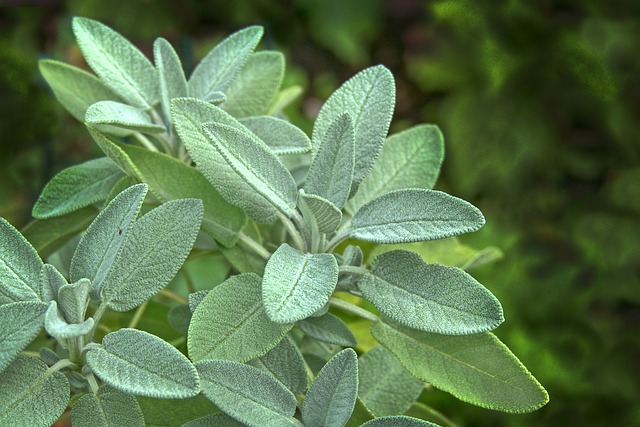
elder (sambucus nigra)
This spontaneous plant is not readily available for sale. It can be found in the most well-stocked nurseries and garden centers. Si può trovare nei vivai più forniti e nei garden center.
The ideal habitat of this plant is certainly within a naturalistic ornamental hedge, or in the center of its garden as an isolated specimen.
It is a very resistant plant to both heat and cold, but it fears brackish winds and is therefore unsuitable for coastal areas.
The elder prefers full sun, otherwise it risks not blooming to its full potential.The spontaneous species of this shrub can resist cold up to -20 ° C and heat up to 45 ° C.
It can be grown in pots for a few years (we are talking about a maximum of 4 years), then it must be imperatively moved to a garden.
The soil must be watered only if it is dry and does not need special care..
The elder can be grown through the cuttings obtained through the autumn pruning of the mother plant or through the seeds.
Its leaves and branches have an unpleasant smell, but it is thanks to this that it does not fear particular parasites.
All the parts of this plant can be used for different purposes: the bark (which is used in herbal medicine), the flowers, the ripe fruits and the leaves. The fruits can be dried or even frozen.
Care must be taken not to confuse elder with dwarf elder(Sambucus ebulus), from which it is distinguished by its stem.
Elderberry is often used in herbal medicine for its laxative, diuretic, anti-neuralgic and diaphoteric properties (which increase the secretion of sweat) useful against diseases that affect the respiratory system.
Its beneficial properties are useful on many organs such as kidneys, heart, liver, stomach, intestines, primary respiratory tract and the immune system.

Maidenstears (silene vulgaris)
The etymology of this plant is not well known and there are in fact several versions: Silenòs (= being semi-divine for half man and half horse, with a swollen belly, like the chalice of the flower);
sialon (= saliva, mucus) for the white mucus like the substance inside its stems.
Other think it comes from Selene (= moon) because they emit their clove-like scent only at night. Vulgaris (= common). Vulgaris (=comune).
Its flowers are edible and they sort of taste like asparagus. The leaves can be eaten as a crunchy and meaty salad.
The silene is a perennial plant and can be found in sunny places and on the edges of paths. You can cultivate peacefully without worrying too much about it.
It grows well in poorly fertile and calcareous soils, it requires little watering and the seeds are “sown” spontaneously by the plants in summer.
It can be treated as a vegetable; it is rich in nutrients, such as vitamins and mineral salts, it has emmollient and diuretic properties.
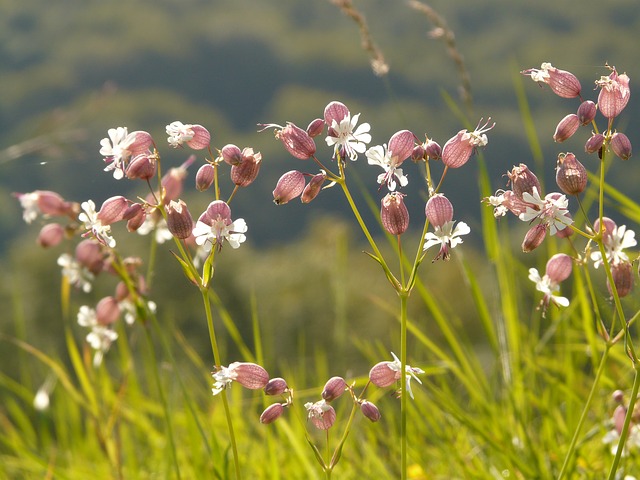
Cheekweed (stellaria media)
The stellaria media owes its name to the shape of the flower, which resembles a star ricorda appunto una stella.
This plant typically grows in semi-shady, wind-sheltered places. It does not tolerate direct sunlight or wind. It grows well in any type of moist, fertile, drained soil, but especially in alkaline soils.. Cresce bene in qualsivoglia tipo di terreno umide, fertile, drenato, ma soprattutto nei terreni alcalini.
It's important to constantly water this plant, especially if grown in pots., in special modo se coltivata in vaso.
L’annaffiatura va effettuata al mattino presto o in tarda serata, facendo attenzione a non bagnare le foglie che sono molto delicate.
It needs nitrogen fertilization throughout its life cycle, because it absorb nitrogenquickly from the soil, which will remain drained.
Cheekweed is rich in vitamins, especially vitamins C and B, it also contains magnesium, potassium and sodium..
Pare abbia caratteristiche antinfiammatorie sia per uso interno che esterno. La sua tintura madre è usata per trattare reumatismi, dolori articolari, per favorire la digestione e il transito intestinale.
It is also used to combat water retention. Also useful in case of psoriasis and other skin disorders, if you reduce its leaves to a pulp.
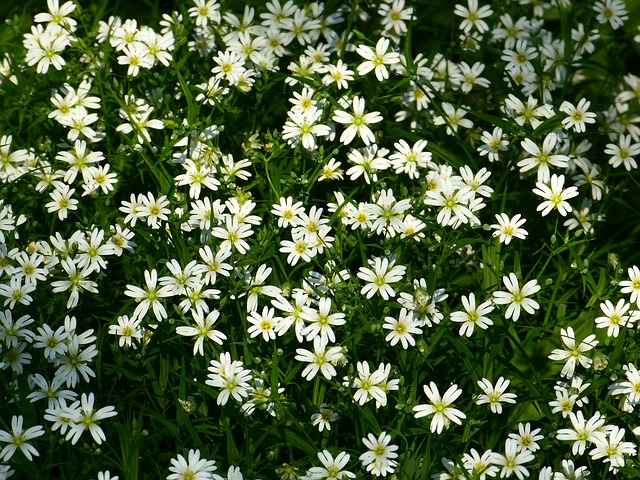
rhubarb (rheum rhabarbarum)
The etymology of rhubarb is very interesting: rha (= root) and bàrbaros (foreigner), probably referring to the fact that this root came from the "barbarian" countries of the Black Sea.
Rhubarb is a perennial medicinal plant with multiple uses in the kitchen: you can make jams, cakes and many vegan recipes.
The only inedible part of rhubarb are the leaves, which contain a substance called "oxalic acid" which is toxic to our body.
It's a polyennial plant,which does not need to be sown every year and produces for most of the period of the year, especially in areas with a mild climate.
Rhubarb does not require much in terms of soil choice, but prefers soils that are fertile in organic matter and nitrogen..
Come altre piante orticole, it fears stagnation of water, so it is best not to overdo it with watering., quindi è bene non esagerare con l’annaffiatura.

The species of choice for its medicinal properties, however, is Chinese rhubarb, which is grown and consumed in the same way (but you can also eat the leaves).
Taken in low dosages, it has digestive and slightly laxative properties;at higher dosages it performs a purely purgative function and it is therefore important to take it wisely and in case of constipation..

